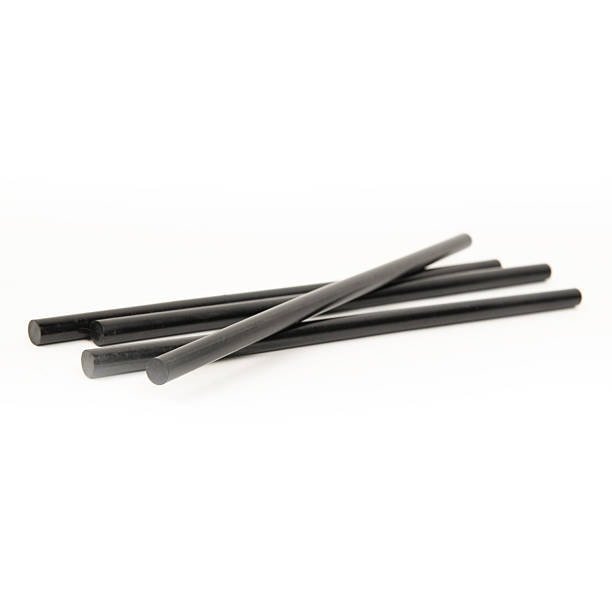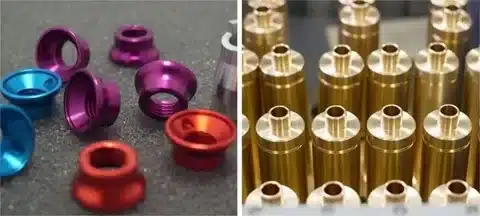We are in the midst of various plastic materials, such as polypropylene pp, that serves a very critical role for either industrial materials or consumer goods in various industries . Melting temperature range is one of the most important factors that define how it behaves under heat. The means through which this thermal property, including chemical resistance, determines and consequently determines a plastic’s suitability, especially when considering specific melting temperature. for particular applications, particularly those involving exposure to high temperatures.
In this article we will discuss temperature control and the melting temperature of plastic materials, including their characteristics and applications, such as glass fibers . how this affects performance of the material in the liquid phase and why the information about the molecular structure is important to the manufacturers, designers, and consumers alike, especially when choosing between PP and PC plastics with a higher melting point .
What is the Melting Temperature of Plastic?
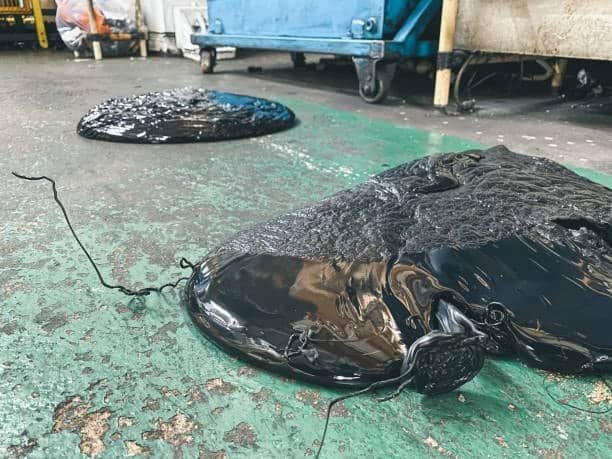
The pp melting point, also known as the melting temperature, is the temperature that a plastic softens as a liquid. This critical factor is important not only in injection molding extrusion processes but also in molding and shaping the plastic in manufacturing, particularly under elevated temperatures, and in how the plastic will behave under heat in the actual use. Low melting plastics are more acceptable to process, however, they may not last in high temperature situations, especially at low temperatures . On the other hand, those with higher melting temperatures have distinct melting points and a greater ability to be more stable, resisting deformation when heated.
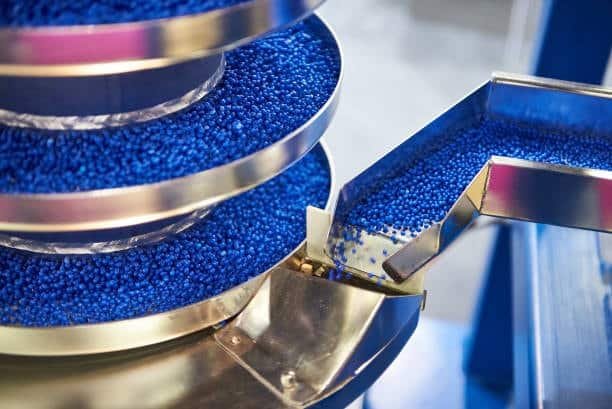
The melting point range of Polypropylene (PP) sits at 130 to 170°C which enables smooth processing while delivering enough thermal durability suitable for various daily use applications. The low melting temperature of Polypropylene enables manufacturers to use less energy thus controlling production expenses for large-scale industrial operations. Materials such as polycarbonate and PEEK demonstrate better performance at high temperatures surpassing 130 to 170 °C so they become preferred choices when steady heat exposure exceeds several hours, especially when considering higher melting point compared to othe . The technical requirements for thermally stable materials depend on specific performance needs because these thermal thresholds determine device reliability and safety in industrial and consumer products.
Why Melting Temperature Matters
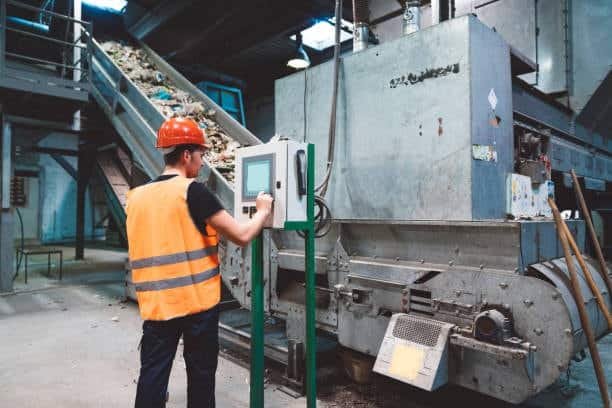
The identification of plastic melting temperatures and the corresponding temperature range remains essential for various manufacturing purposes, especially during temperature changes, especially mainly for packaging films including assessing especially mainly for packaging films including assessing chemical properties, chemical resistance, and ensuring dimensional stability., resistance, and ensuring dimensional stability. .
- A distinct temperature window exists for each plastic substance which the manufacturing process requires for molding or extrusion operations. Using operating temperatures beyond the specified range will damage the machinery while simultaneously threatening the product quality.
- Product durability requires thermal resistance for all materials that face exposure to sunlight or require cooking temperatures or mechanical stress.
- Products made from plastic which store food alongside medical and child-based materials must remain free from toxic chemical emissions during elevated heat exposure.
Categories of Plastics Based on Melting Behavior

Plastics exist in two basic categories which separate them through heat reactions, often affecting their dimensional stability .
Thermoplastics
The The heating and cooling procedure for thermoplastics is part of the melting process that causes them to soften when heated, then return to their hardened state upon cooling, affected by the arrangement of polymer chains . causes them to soften when heated then return to their hardened state upon cooling in a process which can be iterated many times without causing substantial changes to material properties, but they have a fixed melting point . They follow either a particular melting temperature or exist within a specified softening temperature range, influenced by both mold temperature, injection molding temperature, and rapid cooling, as well as overall temperature characteristics. . Common examples include various semi crystalline packaging materials, such as those produced by blow molding:
- Polyethylene covers two categories which are low-density (LDPE) along with high-density (HDPE). LDPE has a melting point of 105–115°C and HDPE has a melting range from 120–130°C.
- The chemical and durable material polypropylene (PP) shows its melting point happens between 160–170°C.
- Polyethylene Terephthalate (PET) bottles that normally appear in beverage containers experience melting at 250–260 °C.
- The softening of Polyvinyl Chloride (PVC) begins at 75°C and the plastic degrades when the temperature exceeds 160°C.
- The common plastic material polystyrene maintains its stability until reaching 210°C.
- Nylon (polyamide) undergoes melting between 220°C up to 265°C based on its particular sub-category.
- Acrylonitrile Butadiene Styrene (ABS) serves as a demanding plastic material for electronics and automotive components since it starts melting at 105 degrees Celsius.
- The melting point of the transparent strong polycarbonate spans from 230°C to 260°C.
Thermosetting Plastics
When heated thermosets show different behavior compared to thermoplastics since they experience a permanent chemical transformation. Thermosets become fixed shapes after curing since they cannot be reprocessed through melting, resulting in a fixed melting point, which is crucial for the final product . Thermosetting plastics exhibit decomposition instead of a melting point when heated over the decomposition threshold. Examples include:
- The decomposition process of Epoxy Resins starts at temperatures exceeding 250°C.
- The degradation of Melamine Formaldehyde occurs at temperatures exceeding 300°C while it finds its primary applications in kitchenware and laminates.
- Phenolic Resins demonstrate heat resistance through degradation points starting at 200°C and above.
Factors Affecting Melting Temperatures
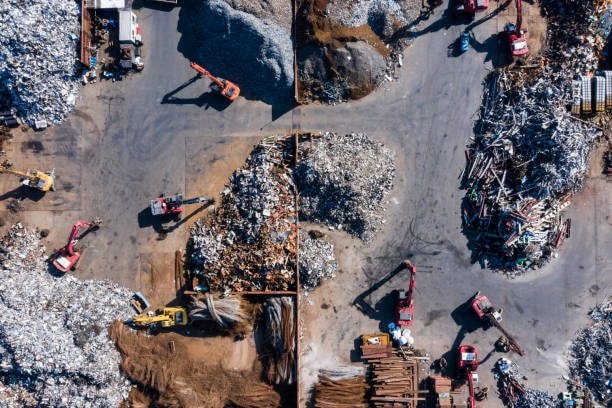
The particular melting point of each plastic type varies because different factors, including molecular weight, affect its actual melting temperature and ultimately influence its mechanical properties, leading to different melting points due to a more disordered molecular arrangement, especially at higher temperatures . .
- Plastics contain additives along with fillers which affect their effective melting temperature either positively or negatively.
- Plastics containing organized crystal structures demonstrate higher melting temperature profiles because of their crystalline state.
- The thermal stability of polymers tends to increase with rising molecular weight measurements.
- The effect of repetitive heating and cooling procedures alters plastic thermal conduct because it changes their softening behavior patterns.
Selecting the Right Plastic for Heat-Sensitive Applications
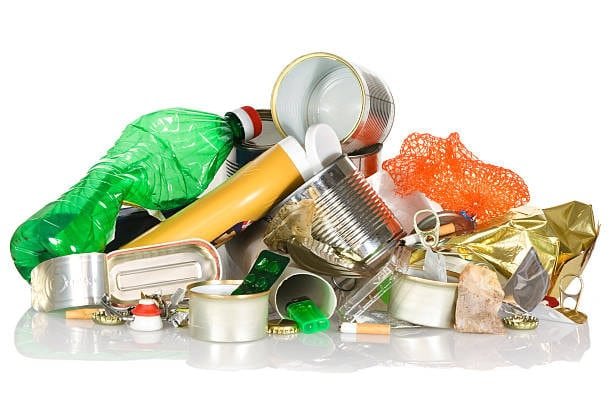
First and foremost you need to consider melting temperature when selecting plastic materials for particular applications, especially in injection molding extrusion processe . Common use cases exist due to this characteristic of plastic which affects their applications in plastic injection molding as follows for optimal performance:
- PP together with HDPE prove most suitable for food containers because both materials demonstrate high melting temperatures and heat safety characteristics.
- Automotive Parts require engineering plastics nylon and polycarbonate due to their exceptional thermal resistance.
- The electrical insulation requirements for products drive the selection of PVC and PP in plastics because they can handle both heat and electrical currents with excellence.
- Fiber-based 3D printing systems typically utilize PLA because it melts at approximately 180°C and ABS because their melting characteristics remain consistent.
Comparing Melting Temperatures of Popular Plastics
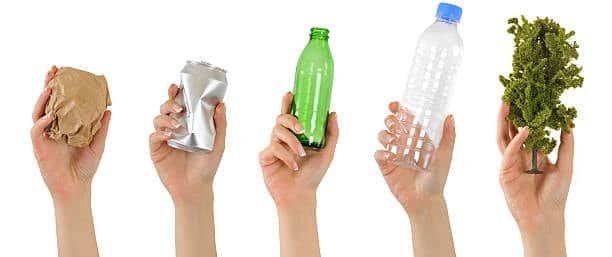
The thermal properties of plastic depend on its melting temperature which determines processing options and indicates suitability for hot conditions, particularly The thermal properties of plastic depend on its melting temperature which determines processing options and indicates suitability for hot conditions, particularly when considering the injection molding temperature ranges that the plastic reaches in a liquid state. and higher temperatures to achieve the desired properties , especially for those with a higher melting point. , especially for those with a higher melting point compared to other . Here’s a brief comparison:
- Low Melting Point Plastics: LDPE, ABS, PVC
- Moderate Melting Point Plastics: HDPE, PP, PS
- Three groups of plastic exist: the high-melting-point members include PET and Nylon along with PC.
- Thermosets have high decomposition temperatures instead of melting points since they resist melting.
Material decision-making needs to consider this classification system for industrial applications .
Challenges in Measuring and Using Melting Points
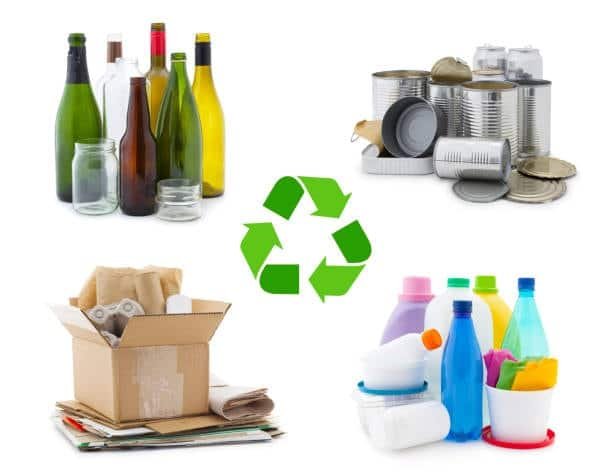
Plastic melting temperature determination becomes a challenging task for scientists, particularly when factoring in the glass transition temperature . The melting points of several polymers occur as a broad softening effect instead of displaying a distinct transition point. The heat transition of amorphous plastics leads to rubberiness instead of liquid formation due to the behavior of polymer chains . In order to achieve processing accuracy engineers supplement their work by considering more thermal information including:
- An amorphous plastic starts softening at its Glass Transition Temperature (Tg).
- Thermosets together with specific thermoplastics exhibit softening before they achieve full melting conditions.
- Because thermosetting polymers are sensitive to heat, the decomposition temperature holds significant importance.
Conclusion
Plastic materials present melting temperatures that carry essential manufacturing information for proper handling, application suitability, and wear resistance. Understanding how plastics behave when heated through thermal characteristics leads to safe operations alongside functional end products that maintain structural integrity that meet specific mechanical properties for basic packaging and advanced components in automotive and aerospace fields, while considering the recycling process .
Each plastic material has a distinct melting point defining its processing timeframe while molding and extruding and thermoforming operations. Consumer packaging finds its perfect fit in low-melting-point plastics including low density polyethylene and high density polyethylene since these materials are practical for molding and recycling. PEEK along with polycarbonate and identical high-performance plastics require higher melting points to process because they present superior strength and heat tolerance suitable for aerospace and medical device applications. The selection of appropriate plastics according to their melting dynamics enables manufacturers to achieve dependable products in processes like blow molding while optimizing both production energy efficiency as well as recyclability of the material during disposal.

